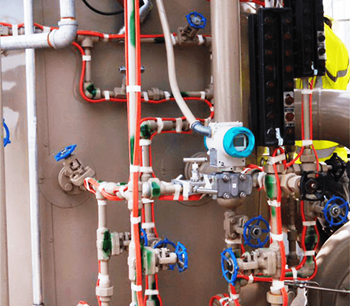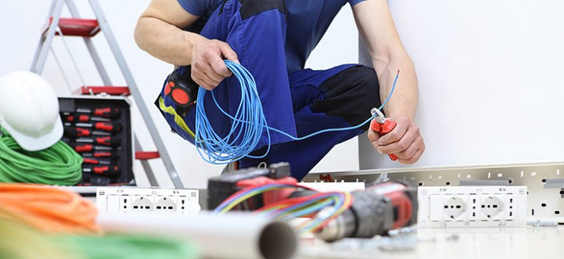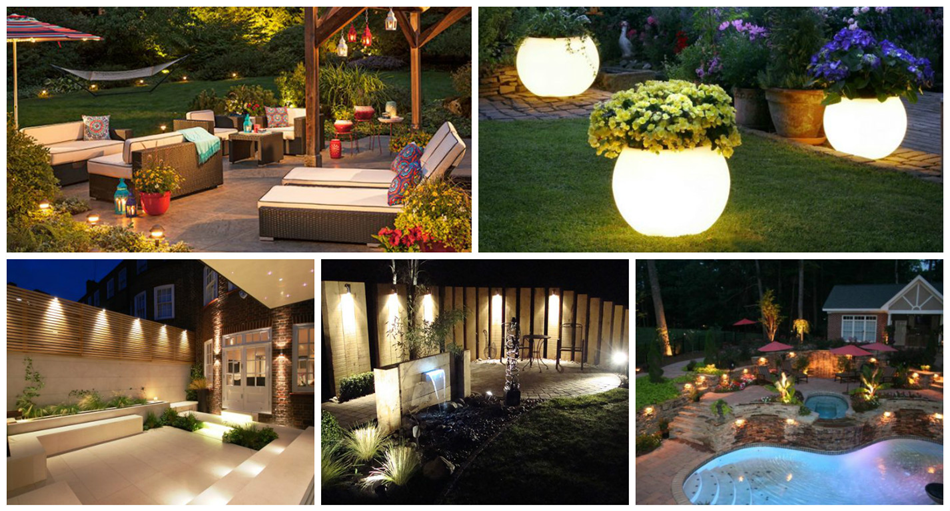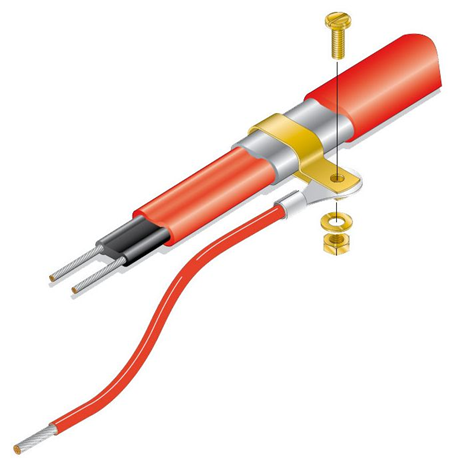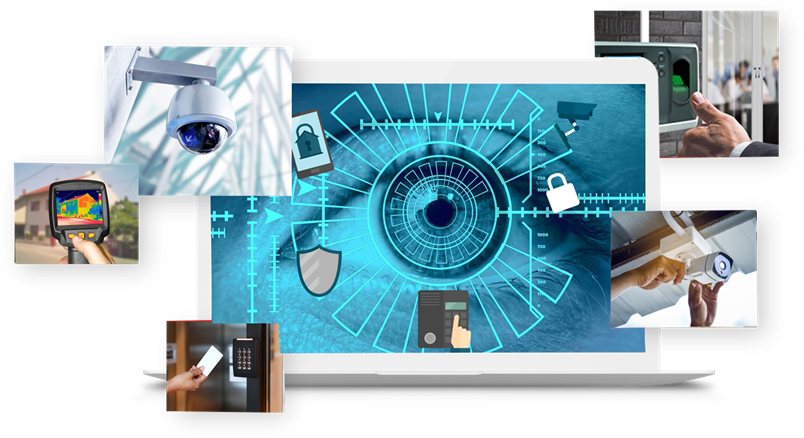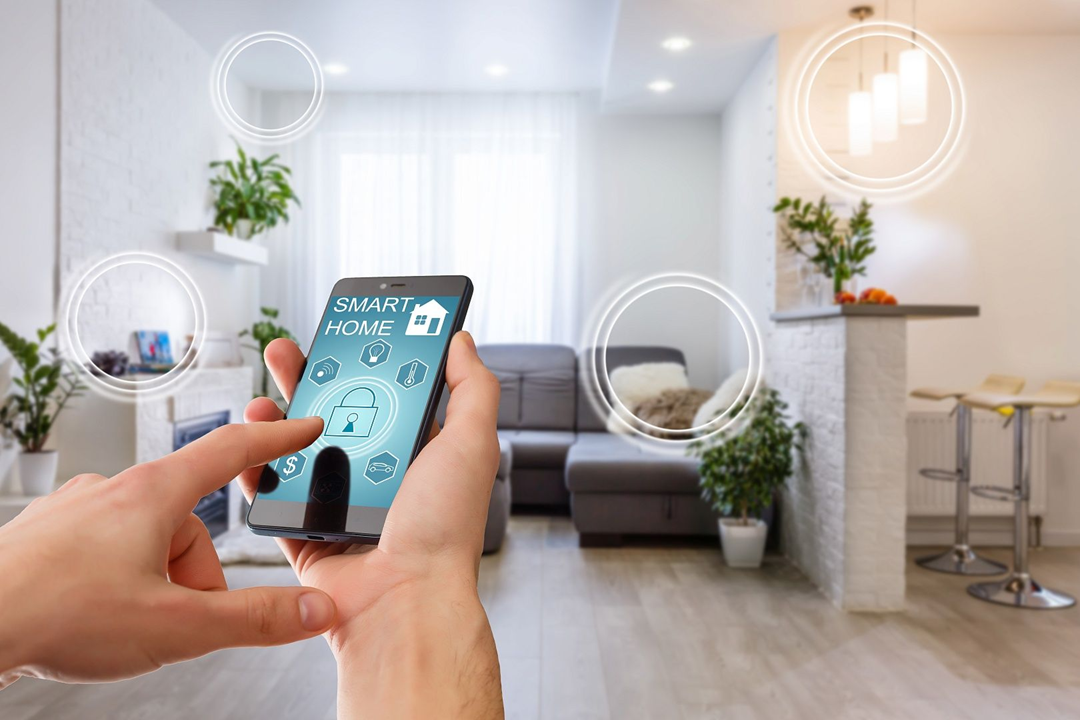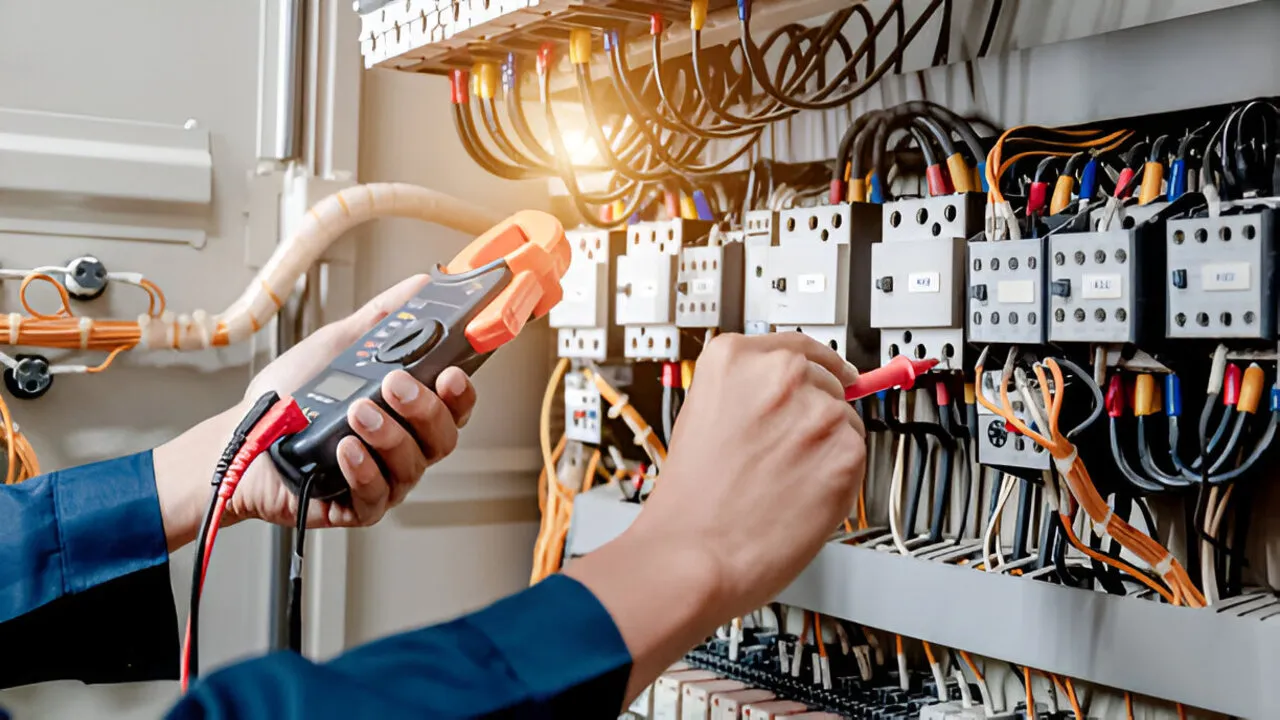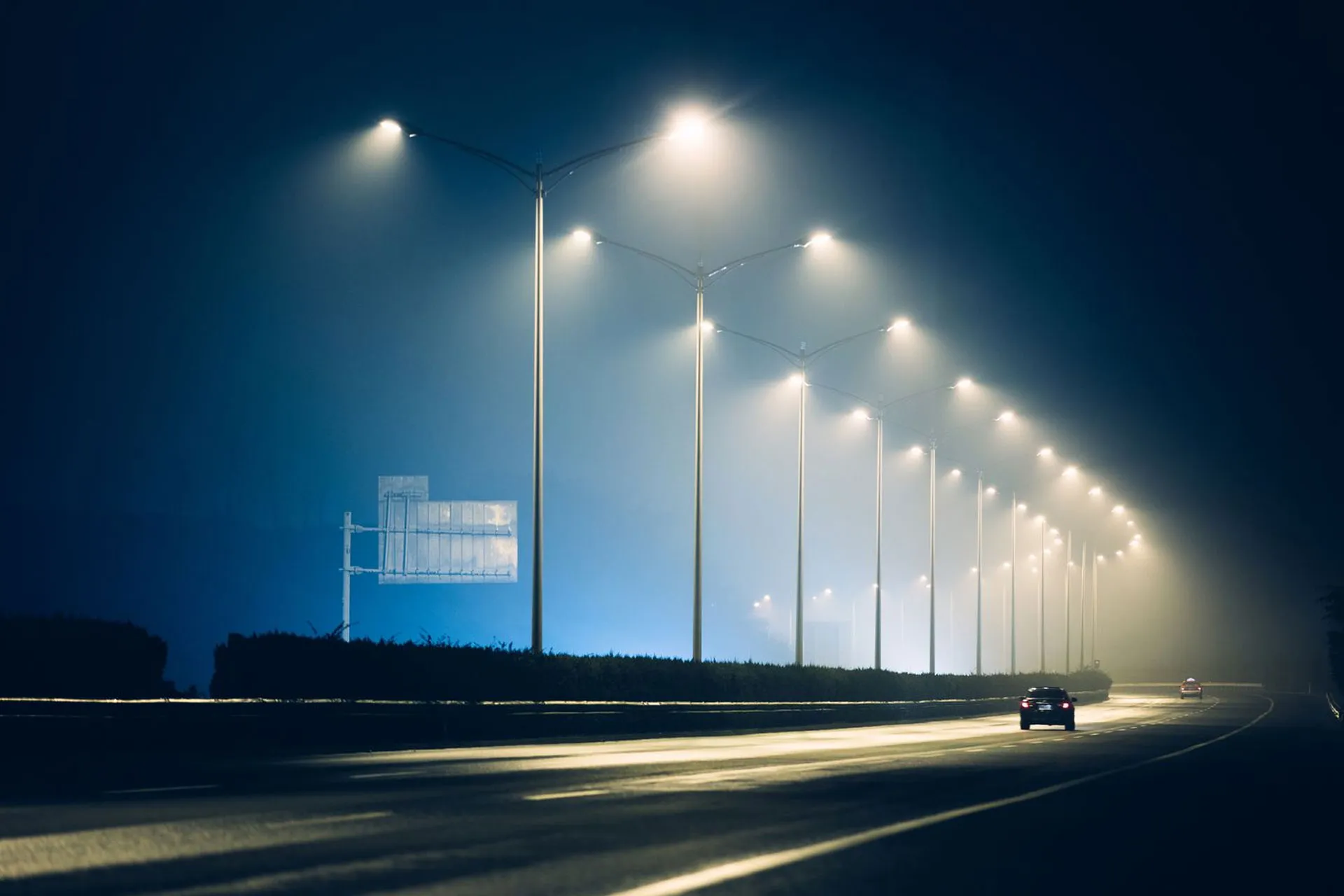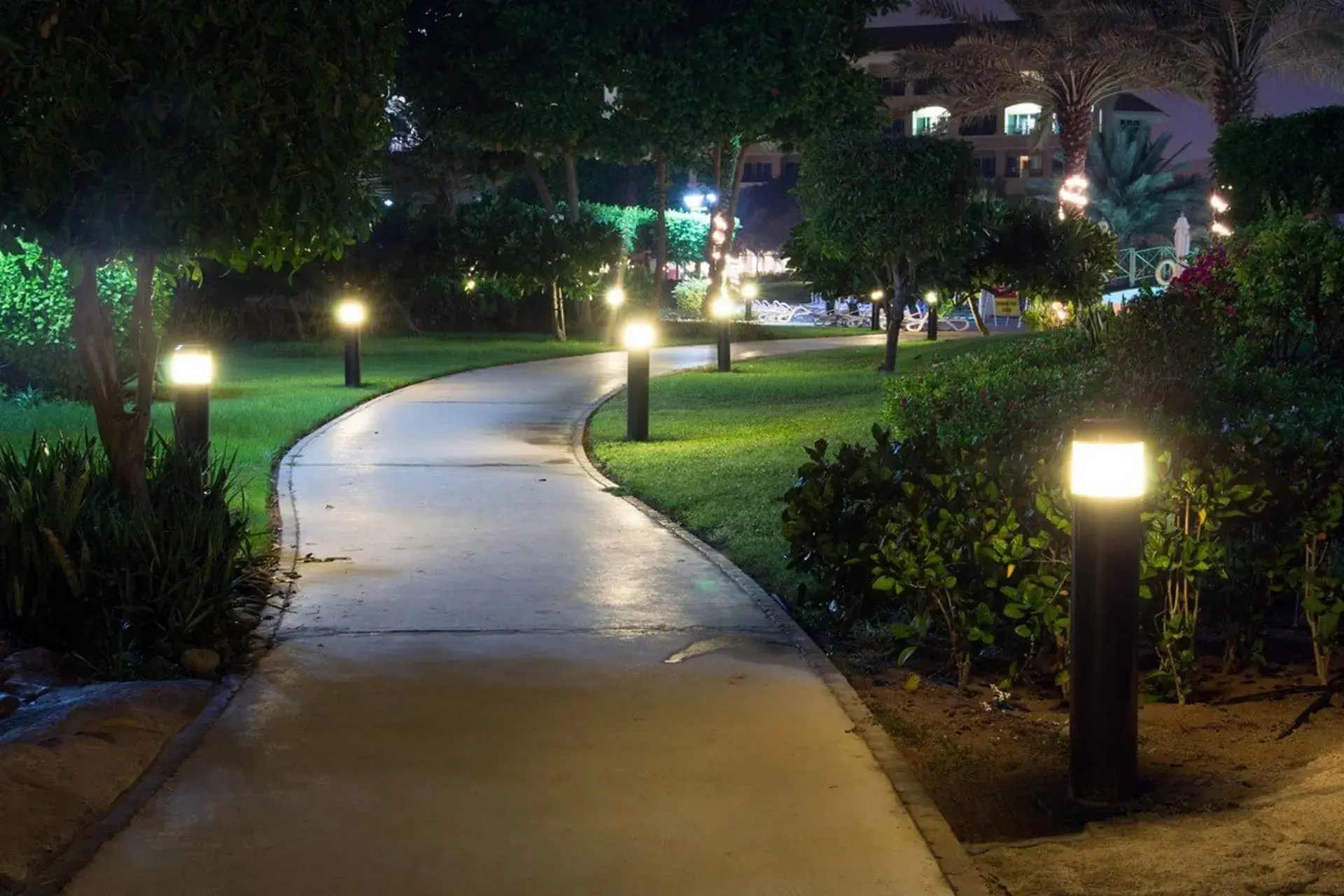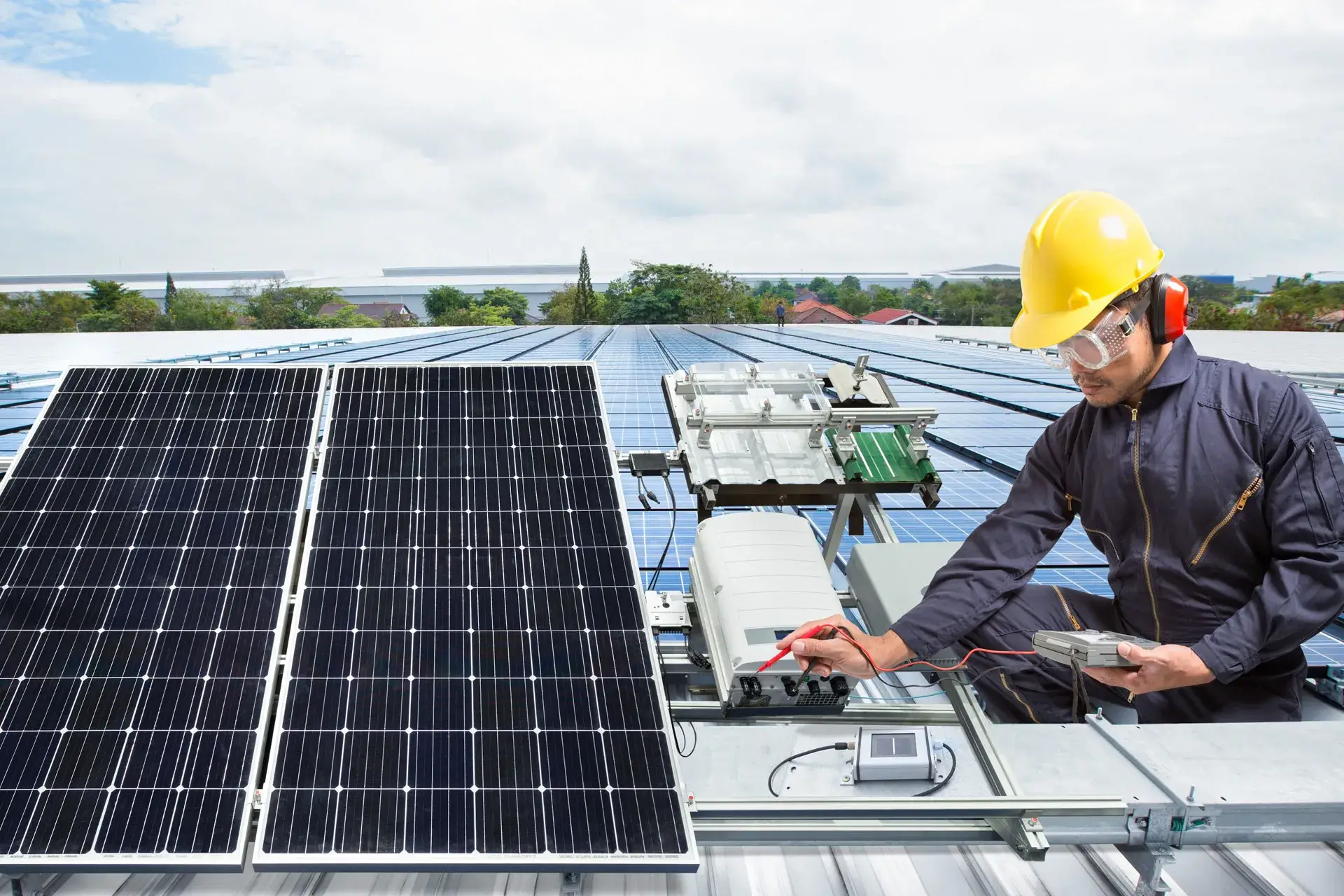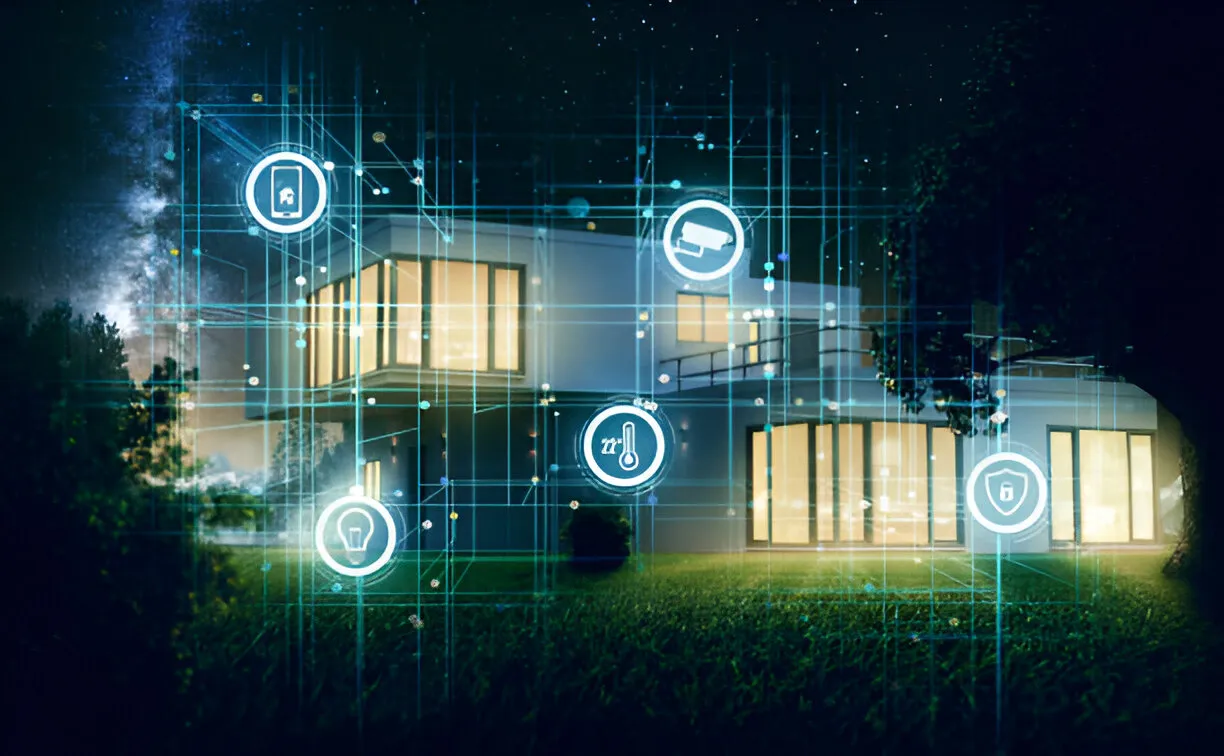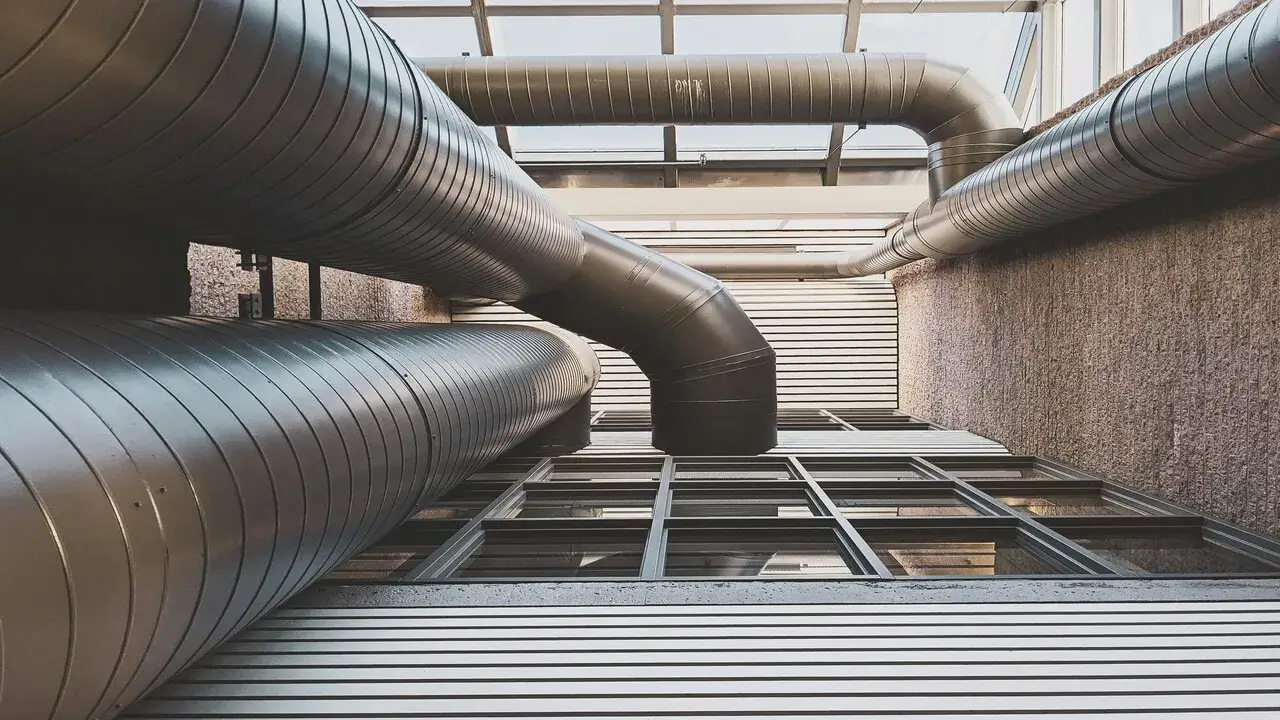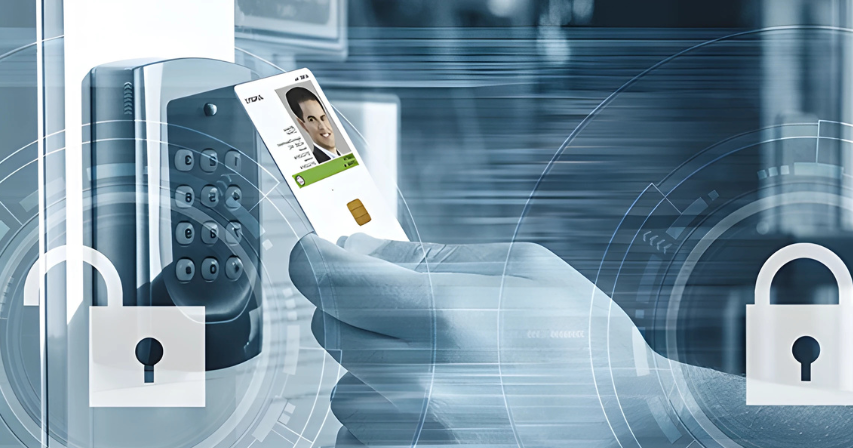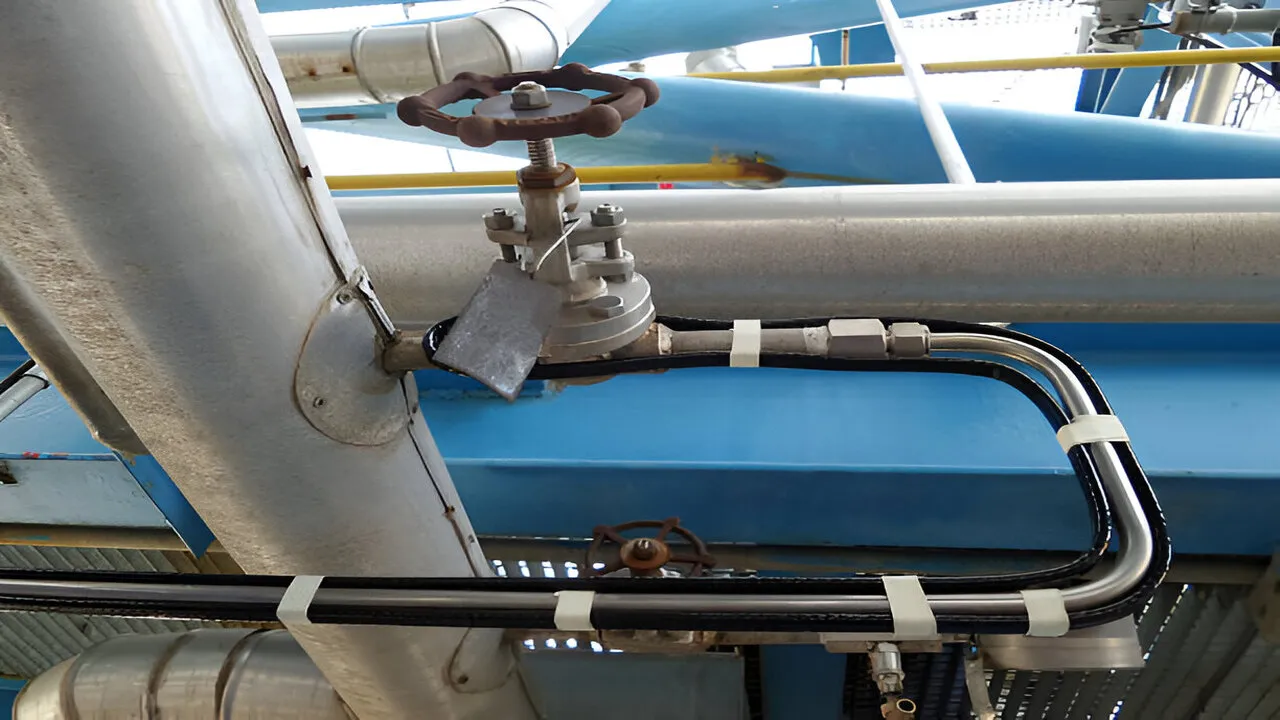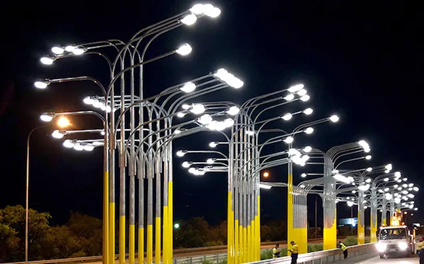
UAE includes coast and 83,600 km2 of desert. It has seven emirates and around 10 million residents. Under great heat and unanticipated freezing, sectors including oil, gas, food, and water treatments run. While summer highs can reach 50 °C, winter lows in mountain regions could drop as low as 5 °C. Engineers use electrical heat tracing to tanks and pipes to prevent expensive shutdowns, keep fluid flowing, and halt freeze sites.
Find out here about local laws, key elements, consecutive installations, regular maintenance, and rapid fixes.
How to Ensure Compliance with Electrical Heat Tracing Regulations
Why Electrical Heat Tracing Matters
You must guard pipelines, valves, tanks, and instruments against cold damage. Heat tracing keeps fluids at target temperature and prevents:
Freeze-induced pipe bursts
Solid linkages in chemicals and food slurries
Moisture buildup that causes corrosion
Costly shutdowns in remote desert or sea sites
You apply climate adaptive heat tracing solutions to match local weather swings.
Key Regulatory Standards to Follow
UAE regulators combine global norms with Gulf codes. You must follow:
Civil Defence and OSHAD audit every project.
Inspectors check cables, terminations, and panels.
They verify UV and sand resistance of materials.
Installers need certified training in electrical safety and heat stress first aid.
Main Components of Electrical Heat Tracing Systems
You build a safe heat tracing loop with these parts:
Use heat tracing cable installation best practices to avoid errors. Clamp cables straight. Seal ends fully. Wrap insulation tight.
Step-by-Step Installation Guide
Follow these steps and log each action to meet UAE heat tracing compliance requirements:
Map pipe runs and log worst-case heat loss.
Select cable wattage based on calculated loss.
Clean pipe surfaces; apply primer where needed.
Affix cables along runs with UV-proof clips; avoid loops.
Wrap pipe and cable uniformly with insulation.
Tape joints with fire-rated tape to seal gaps.
Mount sensors at high and low points for full coverage.
Install control panels in shaded, ventilated enclosures.
Perform continuity and insulation tests before power-up.
Label circuits, junction boxes, and panels clearly.
These clear steps reduce mistakes and speed up inspections.
Routine Maintenance and Inspection
You protect uptime when you follow industrial heat tracing maintenance routines:
Inspect cable runs for cuts, kinks, and wear
Check insulation resistance monthly with a megger
Test ground-fault monitors quarterly with a clamp meter
Calibrate sensors and controllers yearly in a temperature bath
Replace worn seals, tapes, and clamps immediately
Troubleshooting and Emergency Response
Quick fixes stop small faults from causing big failures. Follow heat tracing temperature control strategies:
Cut power at the control panel right away
Lock out and tag circuits before any checks
Scan cables with a thermal camera for hot or cold spots
Swap out damaged cable sections with the same type
Reseal ends, retest continuity, then restore power
Log every step in the maintenance record
These actions prevent pipe bursts, fluid blockages, and site downtime.
Advanced Monitoring and Automation
Connect your heat tracing to smart systems that meet smart electrical heat tracing guidelines UAE:
SCADA dashboards show live power draw and surface temps
SMS or email alerts notify teams of ground-fault trips
Automated controllers adjust heat setpoints off-peak
Cloud logs record temperature trends and energy use
Smart monitoring cuts manual checks and human error risks.
Energy Efficiency and Sustainability
You can lower energy use and carbon output by applying these practices:
Match cable wattage to specific heat-loss calculations
Use programmable thermostats and off-peak timers
Deploy self-regulating cables on long runs to cut waste
Analyze performance data to refine setpoints and schedules
Efficient setups drive down costs and support UAE sustainability goals.
Training and Competency
You must equip your team with the right skills. UAE rules require:
Certification in electrical safety and first aid via OSHAD

